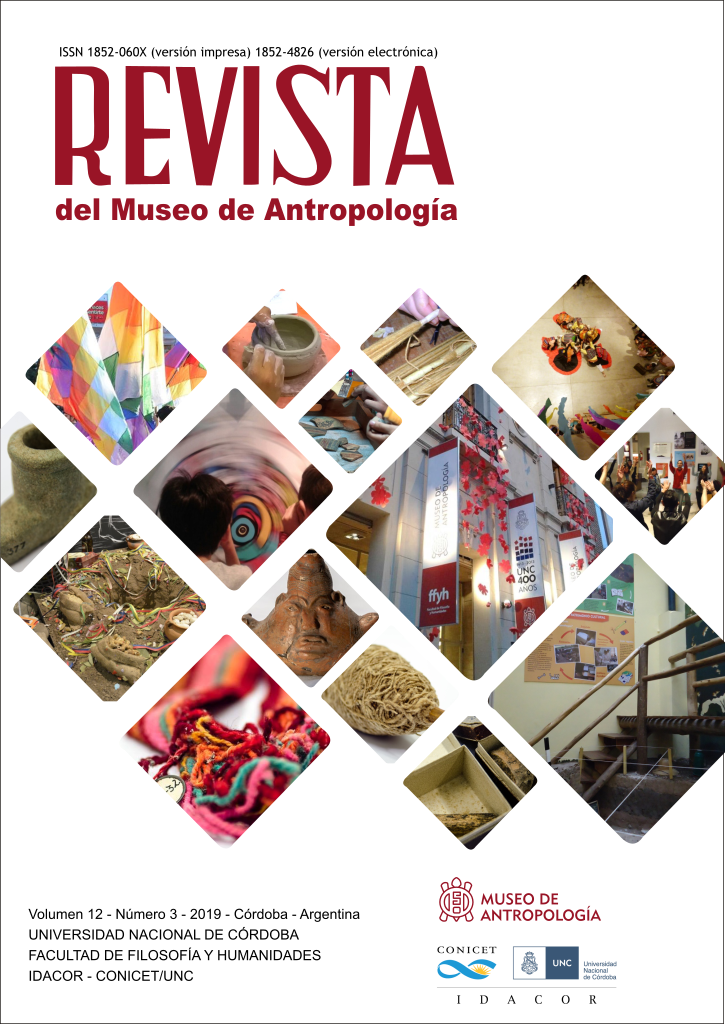Archaeobotanical analysis of carbonized beans recovered in the late site La Estancia (Catamarca, Argentina)
DOI:
https://doi.org/10.31048/1852.4826.v12.n3.24377Keywords:
Hualfín Valley, Late period, Macroscopic analysis, Phaseolus vulgaris, Taxonomic identificationAbstract
The aim of this work is to analyze the carbonized remains of Phaseolus spp. recovered in the structure number 13 of the site La Estancia, an archeological settlement of Hualfín valley located in La Puerta de San José (Prov. of Catamarca). La Estancia is constituted by 13 enclosures, semi-open spaces and retaining walls built with stone wall (pirca) placed on a knoll. The radiocarbon date obtained for this site places it occupation mainly in the XV century, in the final moments of the regional prehispanic cultural development. The sample under analysis is formed by 28 cotyledons and seeds that are taxonomically identified on the basis of their macroscopic external characters: form, extern texture, intern texture, confluence of the margins, form of the faces, form of the apex; and the morphometric characters; width and thickness. By the use of reference material and the corroboration with bibliography and illustrations of the theme it was determined that the sample belongs to the taxón Phaseolus vulgaris L. var. vulgaris.
Downloads
Downloads
Published
Issue
Section
License
Those authors who have publications with this Journalaccept the following terms:
a. Authors will retain their copyrights and guarantee the journal the right of first publication of their work, which will be simultaneously subject to the Creative Commons Attribution License (Licencia de reconocimiento de Creative Commons) that allows third parties to share the work as long as its author and his first publication in this journal.
b. Authors may adopt other non-exclusive licensing agreements for the distribution of the version of the published work (eg, deposit it in an institutional electronic file or publish it in a monographic volume) provided that the initial publication in this journal is indicated.
c. Authors are allowed and recommended to disseminate their work on the Internet (eg in institutional telematic archives or on their website) before and during the submission process, which can lead to interesting exchanges and increase citations of the published work. (See The Effect of Open Access - El efecto del acceso abierto)












